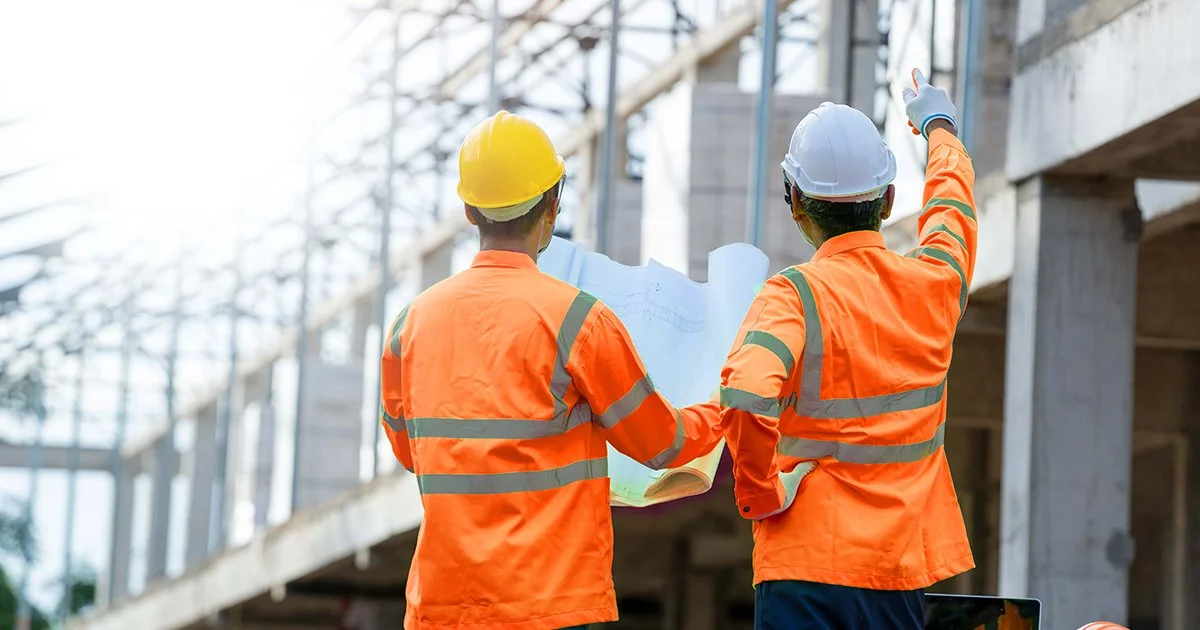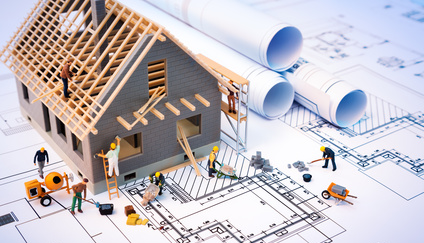
Fire Safety in Design: The Principal Designer’s Role in Coordination
Embedding fire safety into design decisions from the outset.
Why Fire Safety Starts Early
Fire safety is a fundamental part of any construction project and one that must be considered long before work begins. While compliance with the Building Regulations and fire safety legislation sits with the broader design team, Principal Designers have a key role in coordinating how fire risks are considered during the design process under CDM 2015.
At DQS, we work with clients and design teams to ensure that foreseeable fire-related risks are identified and reduced wherever possible.
How Fire Risk Links to Design Decisions
Principal Designers help the project team consider:
- Safe evacuation routes and access points
- The position and type of fire doors and compartment walls
- Integration of passive and active fire protection systems
- Design features that affect smoke movement or fire spread
- Construction methods and materials that influence risk
We don't take on the role of fire engineer — but we help ensure fire safety remains part of early design discussions.
How DQS Supports Fire Safety Coordination
DQS helps embed fire safety into project planning by:
- Coordinating design team input related to fire safety
- Reviewing layouts for safe egress and compartmentation
- Encouraging early liaison with fire engineers or specialists
- Including fire-related risks in the design risk register
- Supporting the inclusion of relevant info in the Health and Safety File
Coordinating fire safety early helps avoid costly redesigns, improves buildability, and protects end users. It also supports client duties under CDM 2015 and wider responsibilities under fire safety legislation.
FAQ
Make Fire Safety Part of Your Design Process
Need help embedding safety into the early stages of your next project? Speak to DQS about how our Principal Designer service can support fire-safe, compliant construction planning.
Related Reads:
Discover More About Surveying
What is Quantity Surveying in Construction?
Find out more about what is quantity surveying in construction
What is a Quantity Surveying Course?
Find out more about what is a quantity surveying course.
How to Study Quantity Surveying
Find out more about how to study quantity surveying.
What is Quantity Surveying in Construction Economics?
Find out more about what is quantity surveying in construction economics.







